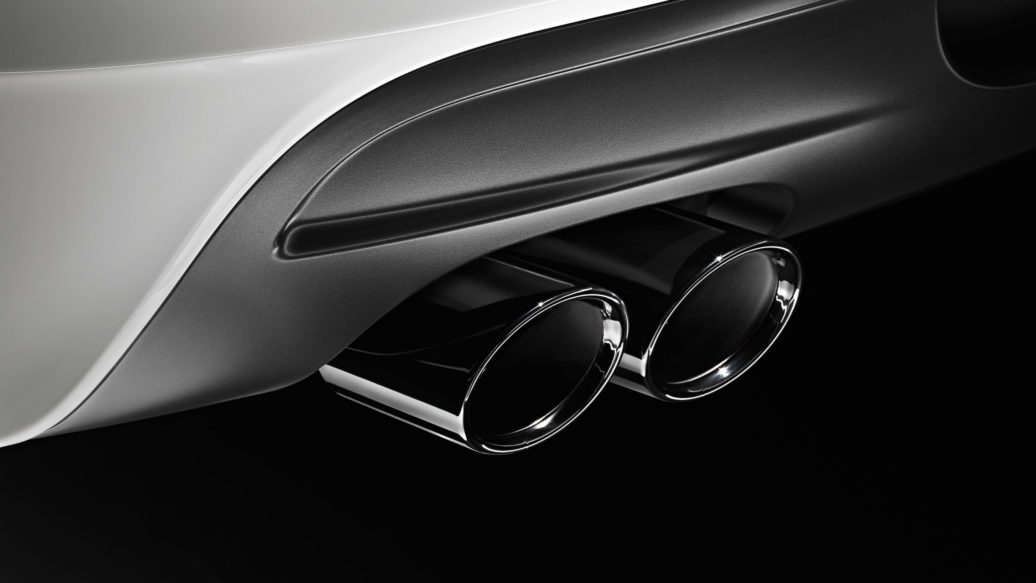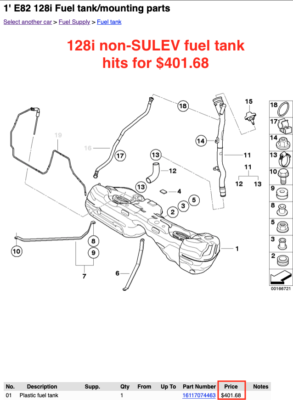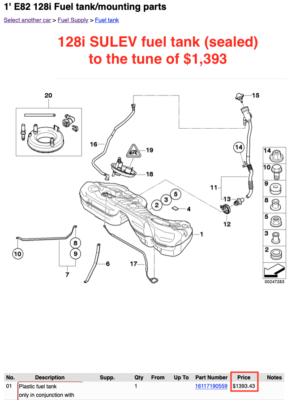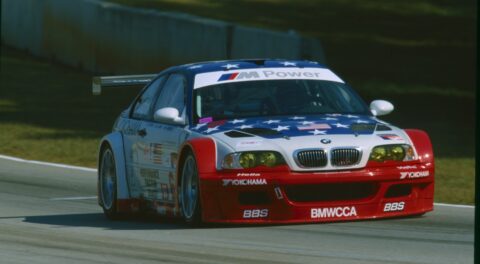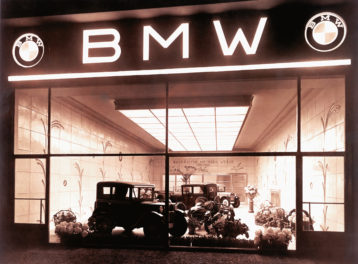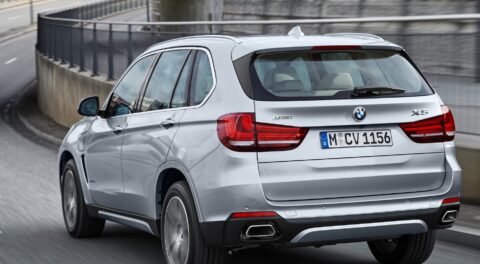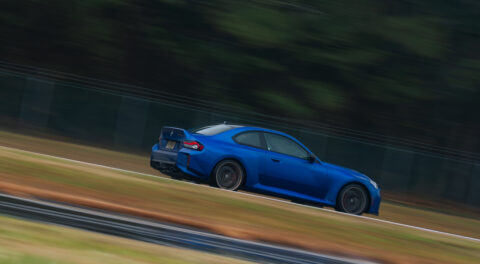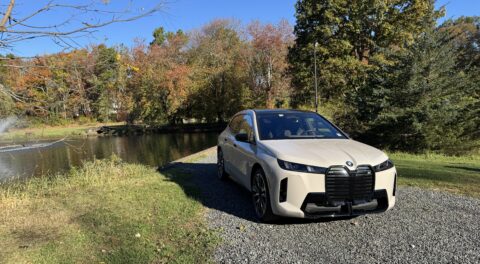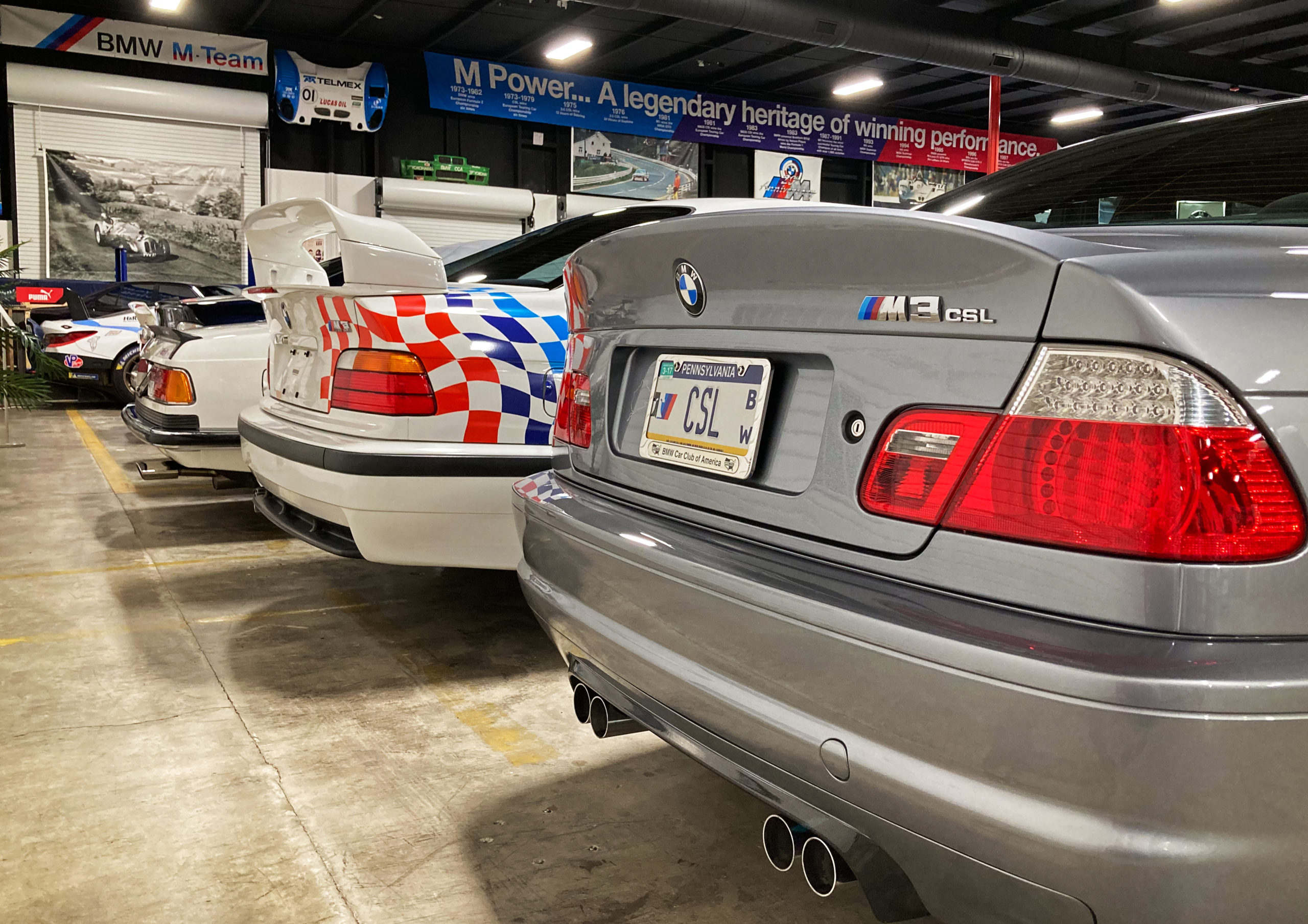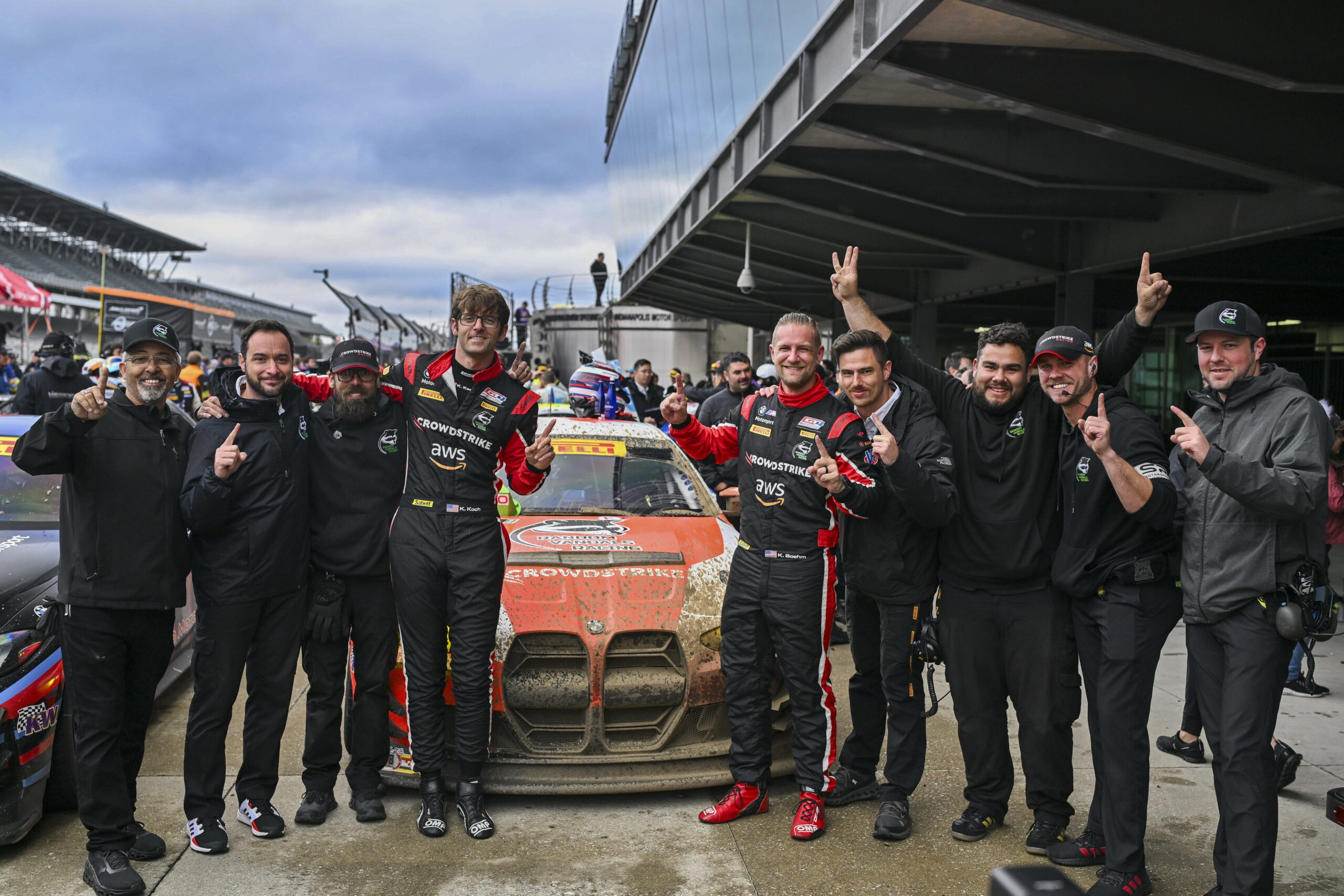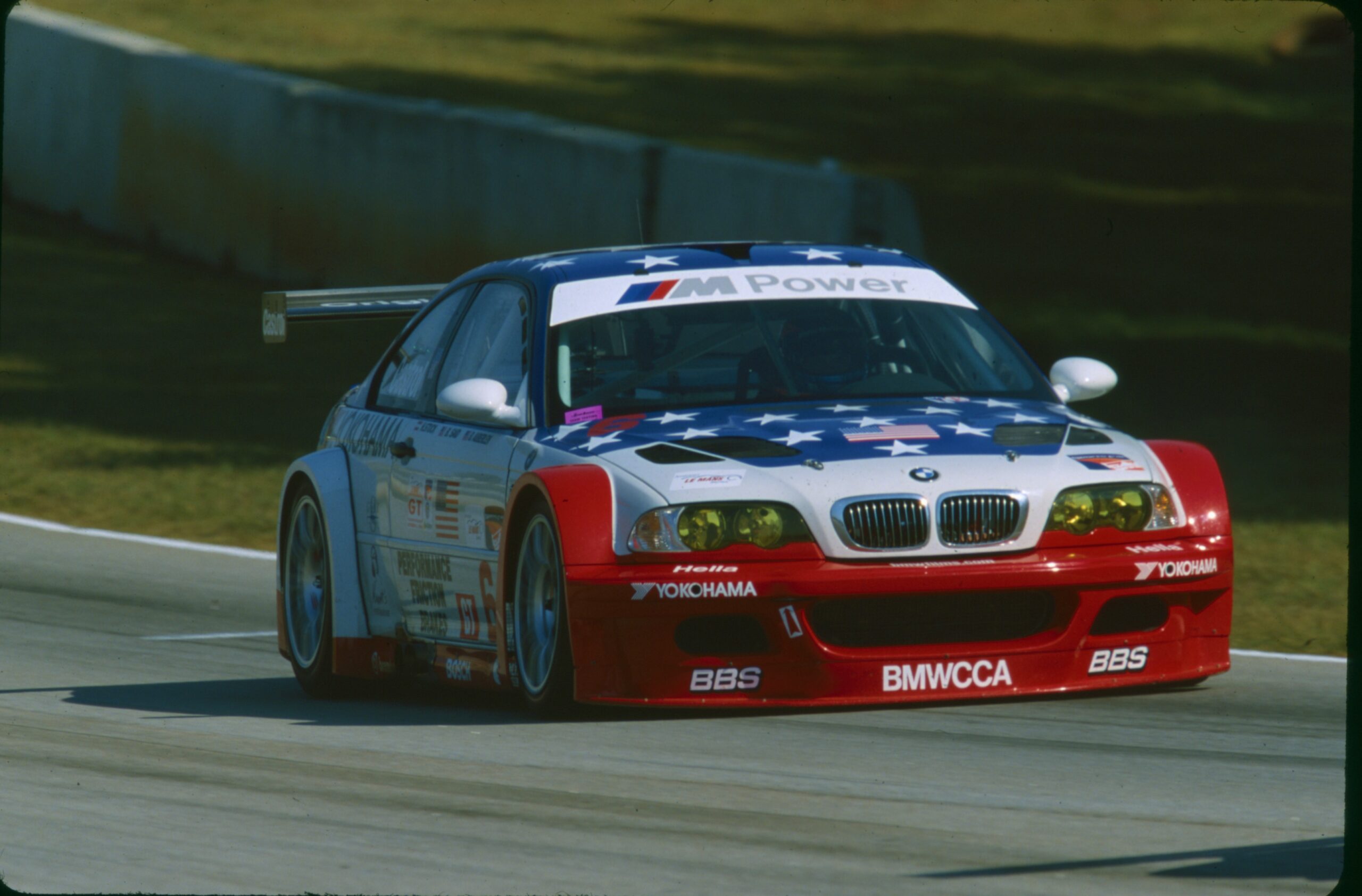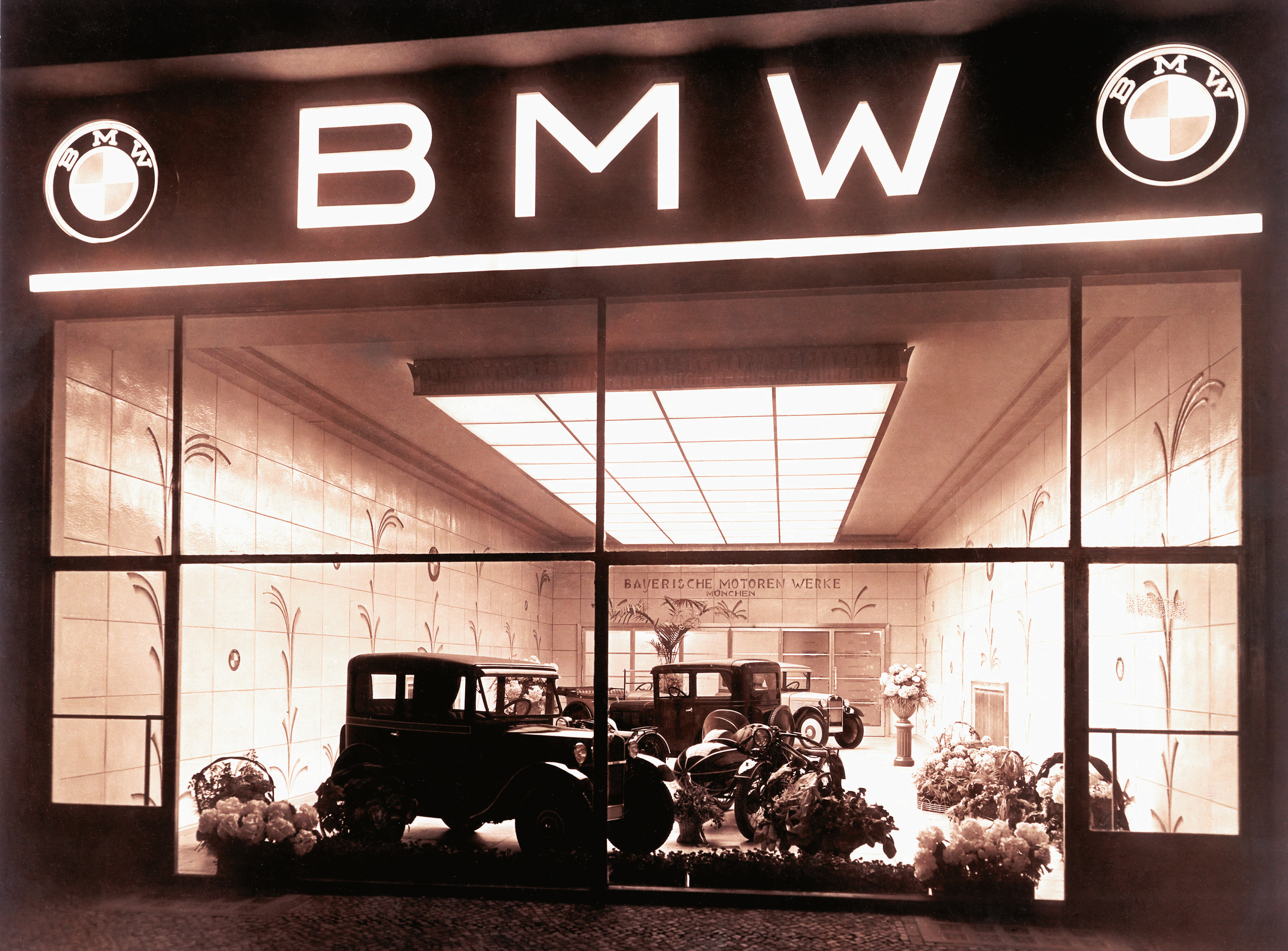We used to talk about whether a car—or a motorcycle—was built with “49-state emissions” equipment, or “California emissions” equipment. You might have been asked that question from the counterperson at O’Reilly’s or Baxters Auto Parts when you bought a replacement gas cap or thermostat. The alternatives complicated the work of repair shops a bit, but for those of us living outside California, that the difference existed was mostly just a curiosity.
As Federal rules controlling automobile emissions got tougher all over the country, you might think that Federal pressure homogenized things—that the gap between California and the rest of the states would be eliminated. Maybe it did, a little, but the gap’s not completely closed, and the political landscape suggests that it won’t be any time soon. So for now, a new car’s got to be cleaner to be sold in California than it has to be in Nevada. The “49-state emissions or California emissions?” question is still valid.
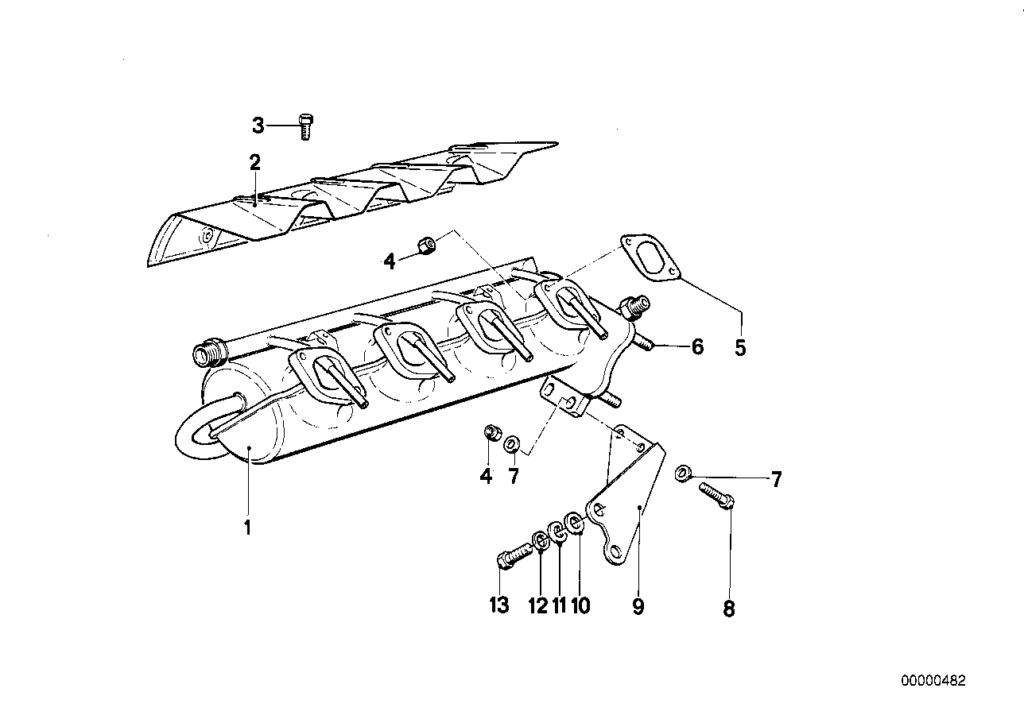
The late-model BMW 2002 “California emissions” thermal reactor.
But it’s not that simple: it’s not just California. In the past decade, several West Coast states, New England states, and now even Rocky Mountain states have subscribed to California’s standards. So now, new cars sold in Washington or Vermont or Colorado are likely to have “California emissions.”
But it’s not that simple: there’s not one standard. There are multiple “California emissions” standards. The rules cover not just tailpipe emissions, but evaporative emissions from the entire fuel system. Recent standards have names like “Super Ultra Low Emissions Vehicle” (SULEV) and “Partial Zero Emissions Vehicle” (PZEV), and the mix of these varies from automaker to automaker. And not all cars that are sold in California-emissions states are SULEVs or PZEVs. Mustang GTs with the lovely Coyote quad-cam V8, for instance, ain’t PZEV—but Ford also sold tens of thousands of Focuses in California that are PZEV, so the California Air Resources Board tolerates the Mustangs.
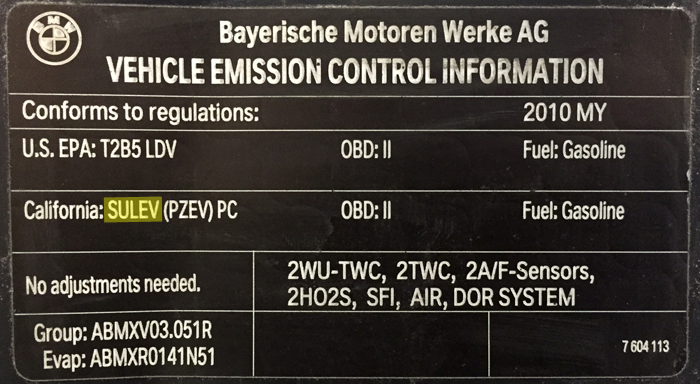
Gee, Wally, are all Ford Focuses PZEV, even those sold new in Nevada?
Well, no, Beaver!
You might think that the automobile manufacturers would just decide to build all their cars to meet the toughest standard, and sell the same car in every state. But most automobile manufacturers are organized for mass production, a business model that demands that each widget be assembled as efficiently (read: cheaply) as practical. And cleaner costs more. As long as California’s emission standards are significantly higher than the Fed’s, there’s an incentive for Ford to produce two models: one that’s less clean for Federal states, and one that’s less cheap for the California emissions states.
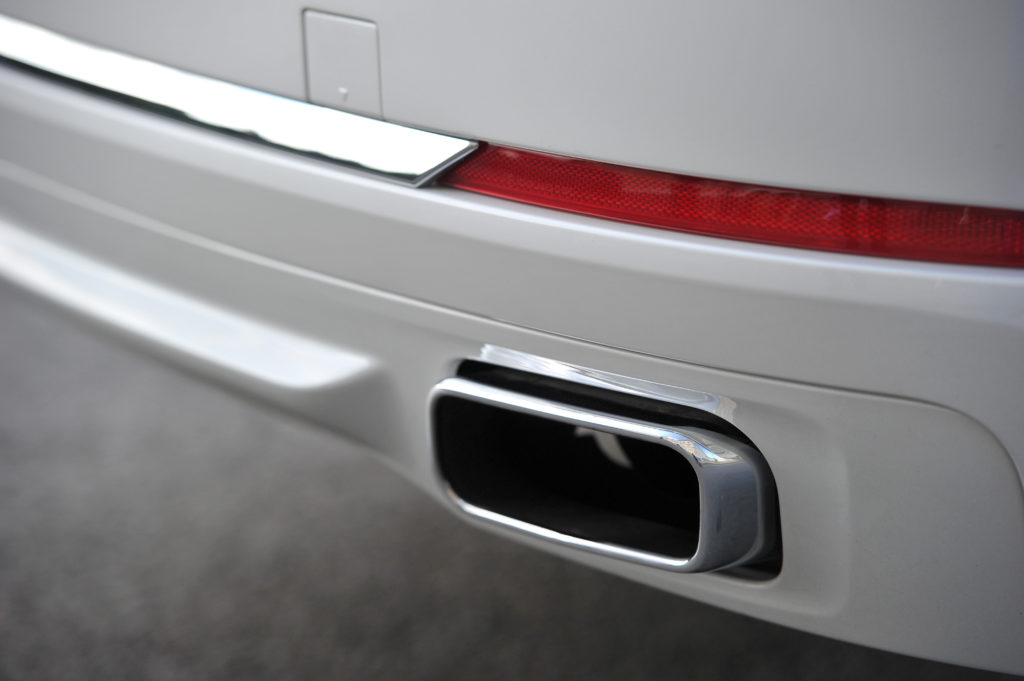
But it’s not that simple: it’s not just cost-to-buy that’s higher. The SULEV/PZEV cars don’t just cost more to produce; they cost more to repair. The “California emissions” parts are more advanced, more sophisticated, and more interdependent. For example, a 2013 BMW 128i SULEV has a hermetically sealed gasoline tank. It’s required for reducing vapor emissions. Being sealed, there’s no access provided. This means that if a component in the tank fails, replacing it requires buying and installing a new gas tank. The components sealed in the tank are not accessible at all after manufacture.
Here’s the good news: When BMW sold that 128i SULEV in California, it not only met emissions standards when it was new, it was guaranteed to meet those standards for “the life of the car.” There’s a fifteen-year, 150,000-mile warranty on a whole list of emissions-related parts. That’s a good thing, if you like clean air. And the owner should be protected from the extra cost of repairing the SULEV components.
But it’s not that simple: a SULEV warranty here is not necessarily a SULEV warranty there. That fifteen-year, 150,000-mile warranty on the fuel pump is only for cars that live in California. If you live in Oregon, and bought a 2013 BMW 128i SULEV, it has exactly the same equipment as the California car—but your emissions warranty is only eight years, 80,000 miles. None of the other “California emissions” states has the California-level warranty. I’m left with the impression that California simply negotiated a better deal with BMW than Oregon, Washington, or Vermont did. Or perhaps it’s just a matter of different state regulations, and the manufacturers are optimizing their warranty liabilities to the limit of the law.
This suggests to me that as a 128i gets along in years, or in miles, it should think about moving to the Golden State. If the SULEV cars prove to be much more expensive to repair, then their market value should decline in the non-California states, and the market value should be relatively higher where BMW must cover the cost of the replacement fuel tank at 120,000 miles. Will the states that go along with the California emissions standards address this discrepancy? Should BMW unilaterally harmonize its warranty programs in the other states? They shouldn’t, my conservative friends would say: “Avoiding liability is just good business.”
I say caveat emptor. Do a bit of research before you buy that sweet 128i coupe (manual) in Crimson.
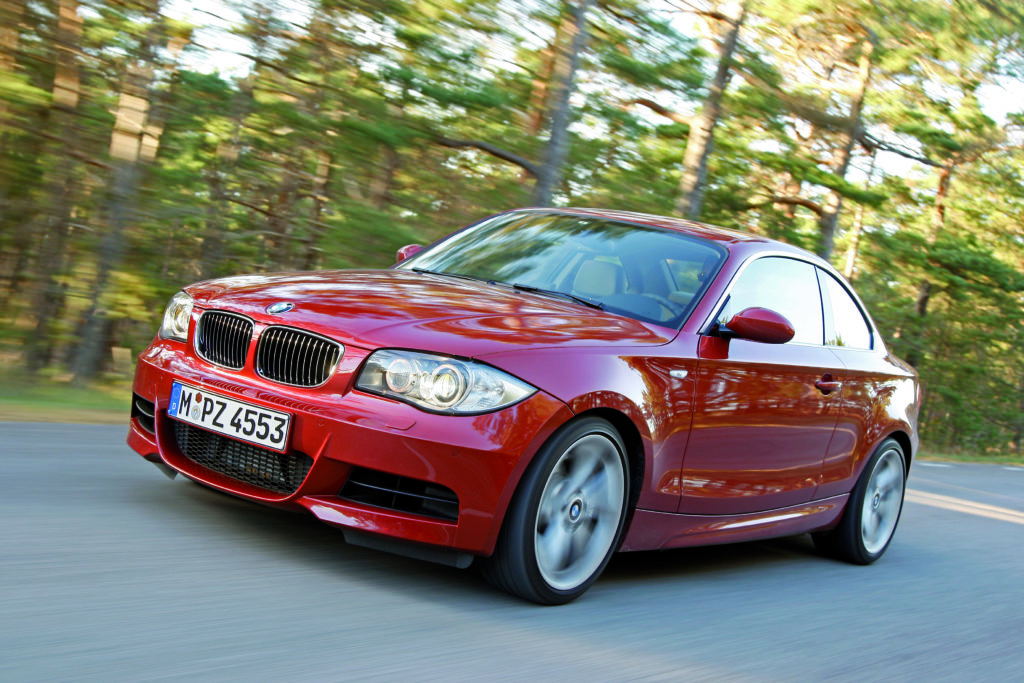
Yes, that’s actually a Sedona Red 135i.
To pre-empt a reaction that I know some of my readers will have, let me state that I do not recommend altering the OEM emissions equipment on your BMW. Not only does a law quaintly named 42 U.S.C. § 7522 (a)(3)(A) expressly prohibit such acts, with large civil fines as penalties, but we gotta be real about this: Clean air is important. As a kid in the ’70s, I’d occasionally travel to Denver from the High Plains. We had dust at home, sure, but cresting the rounded ridge east of the city and seeing the brown haze lying over the whole metropolitan bowl gave me shudders. When we’d come out of our hotel in the morning, the place smelled funny, and not “ha-ha” funny. That situation’s really improved in the succeeding decades, although the bowl can still go brown when a temperature inversion makes the air stagnant.
About once a month, we fire up Renée’s carbureted ’60s Mustang and take a drive. That thing has one emissions control, a PCV hose leading to the side of the intake manifold. The exhaust reeks of gasoline, partially burned or simply expelled without combusting. In the last century, I thought that this was normal But autos don’t stink nowadays; even the exhalations of my diesel X5 are pleasant.—Marinus Damm
[Photos courtesy BMW AG, Turner Motorsport, RealOEM.]

